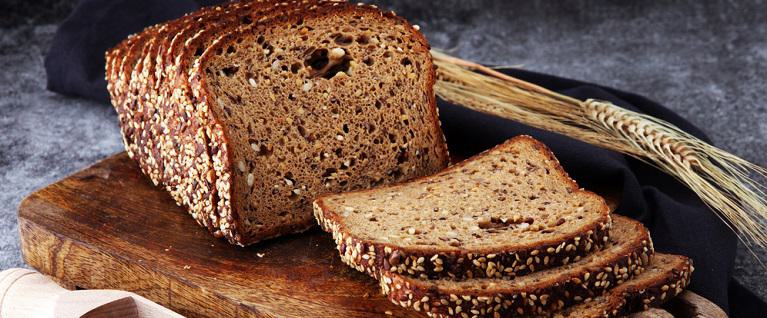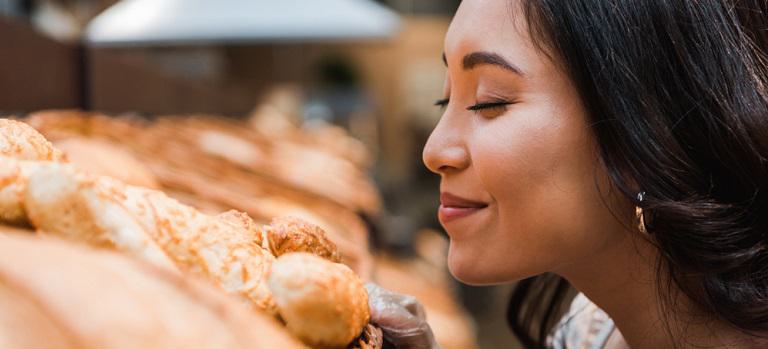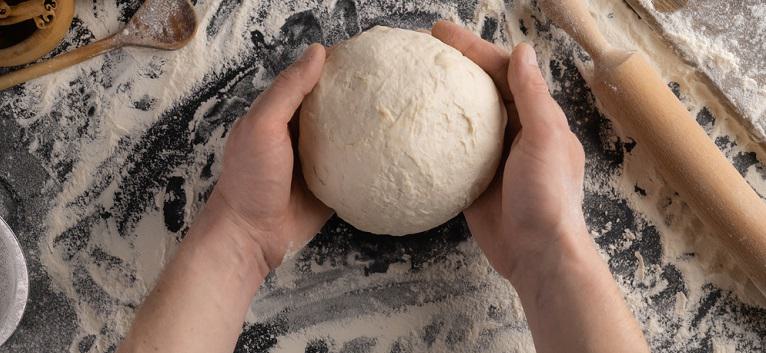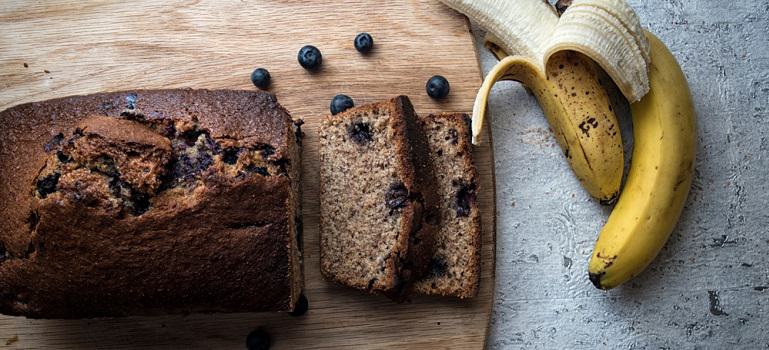



 When you lift your dough into the air, does it hold its round shape, or does it turn into a sloppy mess? If your mixture remains in a ball-like form when held up, this means that the gluten has been thoroughly worked and is strong enough to be baked. On the other hand, if your dough loses its shape, then it likely requires additional kneading and to be proofed once again.
When you lift your dough into the air, does it hold its round shape, or does it turn into a sloppy mess? If your mixture remains in a ball-like form when held up, this means that the gluten has been thoroughly worked and is strong enough to be baked. On the other hand, if your dough loses its shape, then it likely requires additional kneading and to be proofed once again.
 Last but not least, when it comes to boosting the flavor of your bread, try adding in additional ingredients. Several tasty ingredients like honey, olives and even bananas are used regularly to ramp up the classic bread recipe's flavor. Not only are these ingredients delicious, but when chosen wisely, they can also boost your bread's nutritional value.
Whether you're a fan of sweet bread and looking to create a delicious recipe like this tasty Banana Bread, or you're on the hunt for something more savory like this mouth-watering No-Knead Artisan Olive Bread, whatever bread you're in the mood for, we're confident that there is a recipe for it. Don't believe us? Check out the ingredients we love adding to our bread recipes.
Last but not least, when it comes to boosting the flavor of your bread, try adding in additional ingredients. Several tasty ingredients like honey, olives and even bananas are used regularly to ramp up the classic bread recipe's flavor. Not only are these ingredients delicious, but when chosen wisely, they can also boost your bread's nutritional value.
Whether you're a fan of sweet bread and looking to create a delicious recipe like this tasty Banana Bread, or you're on the hunt for something more savory like this mouth-watering No-Knead Artisan Olive Bread, whatever bread you're in the mood for, we're confident that there is a recipe for it. Don't believe us? Check out the ingredients we love adding to our bread recipes.